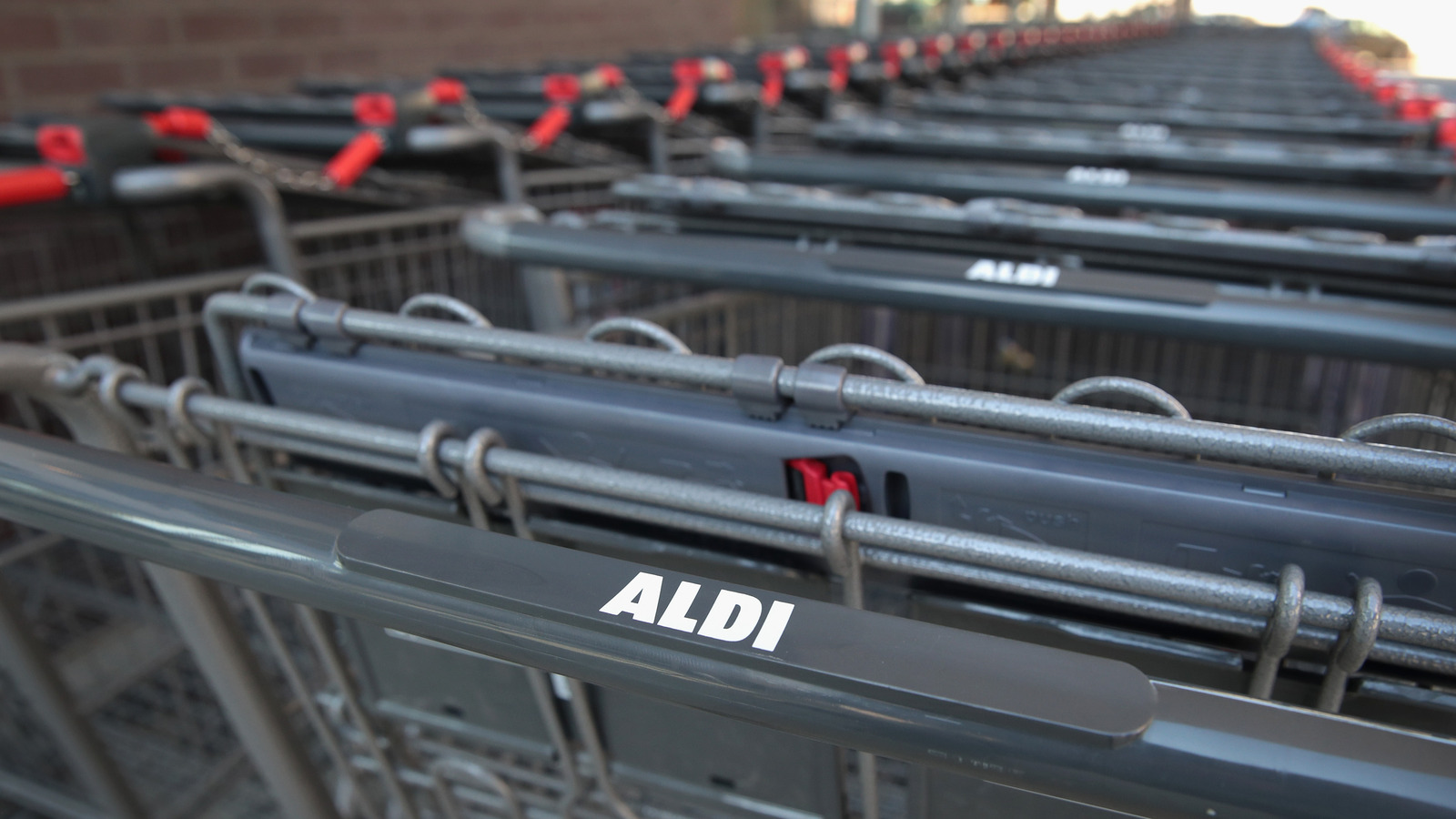Kroger's Strategic Store Closures: A Catalyst for Consolidation and Investment Opportunity
MarketPulseSaturday, Jun 21, 2025 5:51 pm ET
![]() 59min read
59min read
The grocery retail sector is undergoing a seismic shift, driven by shifting consumer preferences, rising operational costs, and the relentless march of discount retailers like Aldi and Walmart. Amid this upheaval, Kroger's recent announcement to close 60 stores—a strategic move to streamline operations—has become a flashpoint for broader industry consolidation. While the decision may seem like a retreat, it is, in fact, a calculated step toward positioning Kroger as a leader in a rapidly evolving landscape. For investors, this presents a compelling opportunity to capitalize on undervalued assets and a post-pandemic retail rebound.
Kroger's decision to shutter roughly 5% of its U.S. stores over 18 months—primarily in 16 states—is a bold acknowledgment of market realities. The closures are part of a to transform remaining stores into larger, tech-enhanced "Marketplace" formats. This strategy aims to improve profitability by focusing on high-performing locations while redirecting savings to areas like fresh produce, private-label brands ("Our Brands"), and e-commerce.

The financial calculus is clear: a upfront, but long-term gains from operational efficiency. Analysts estimate that optimized stores could boost margins by 1–2%, a critical edge in an industry where thin margins are the norm. Crucially, Kroger's interim CEO, Ronald Sargent, has emphasized that closures will not lead to layoffs, with all affected employees offered roles at other locations. This mitigates reputational risk and retains institutional knowledge.
The proposed $25 billion merger with Albertsons has been a focal point of regulatory scrutiny. An amended divestiture plan, announced in April 2024, increased the number of stores to be sold to from 413 to , addressing antitrust concerns. This expansion—covering banners like QFC and Mariano's—ensures a competitive market presence while preserving union jobs and store operations.
The merger's success hinges on two factors:
1. : Kroger has pledged a to lower prices, a direct response to discount retailers.
2. : Combined, the entities could leverage purchasing power, streamline supply chains, and expand e-commerce reach.
Kroger's first-quarter 2024 results revealed , slightly below prior-year levels, but adjusted EPS for fiscal 2023 reached , reflecting cost discipline. The rollout has already shown promise: stores upgraded to this model in 2023 saw a and .
Critically, Kroger's average hourly wage of and robust e-commerce growth——position it to retain talent and compete in urban markets. Meanwhile, its to modernize Albertsons' stores post-merger underscores a long-term vision to dominate both traditional and online retail.
Backtest the performance of Kroger (KR) when buying on the day of quarterly earnings announcements and holding until a 10% gain or 30 trading days, from 2020 to 2025.
Conclusion: A Buy for the Long Game
Kroger's store closures are not a surrender but a strategic realignment to compete in a consolidating market. The , merger synergies, and undervalued stock position Kroger to thrive as the grocery sector evolves. Investors seeking exposure to a resilient, cost-conscious leader in retail should consider a , with a price target of $30–$35 (up from its current ~$22).
While risks remain, the combination of operational discipline, scale benefits, and a post-pandemic recovery makes Kroger a compelling play on the grocery sector's next chapter.










